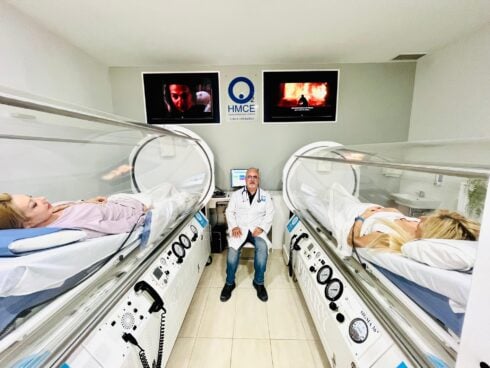MALAGA City has entered the COVID-19 ‘extreme risk’ zone as infections spread like wildfire across most of the province.
The coronavirus cumulative incidence rate in Malaga city has shot up by more than 50 points since last Friday and, according to the latest data from the Junta, it currently stands at 253 cases per 100,000 inhabitants in the last 14 days.
The alarming rise in new coronavirus infections has meant that Malaga city is now in the red zone for virus transmission.
The alert system, as agreed by Spain’s Ministry of Health and the regions, guides health officials’ decisions on mobility restrictions and social-distancing rules.
An area is considered to be at ‘extreme risk’ when it exceeds an incidence rate of 250 – as is the case of Malaga city and Marbella.
The rest of Malaga province is in a similar situation, with an average that borders on extreme risk (247 cases).
For the short term, this new risk level does not imply any changes to control restrictions, however the Junta’s committee of experts will analyse the epidemiological situation of each municipality this week and in the event that the situation doesn’t improve some health districts could see some pandemic control measures tightened again.
Restrictions such as a reduction in the maximum allowed capacity in establishments or the number of people who can sit at the same table in bars and restaurants.
Almost half of the more than four thousand infections detected in the province in the last two weeks correspond to people in the 15 to 29 age group, a population band that has not yet been vaccinated.
The end of the school year and the start of the holidays, together with the lack of protection due to not having been vaccinated explain this increase in infections among those under thirty years of age.
READ MORE:
- LISTED: 113 municipalites in Spain’s Andalucia at extreme risk for COVID-19
- Spain’s Andalucia in favour of wearing masks until at least August
Click here to read more Malaga News from The Olive Press.








